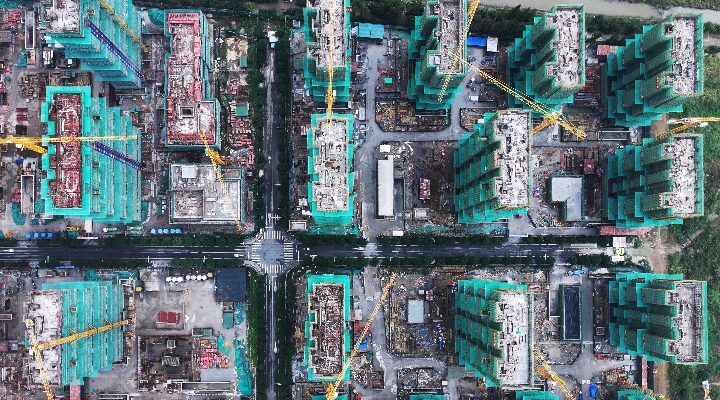Between November 21 2014 and June 12 this year the Shanghai Composite more than doubled. The Chinese stock market has been on a rising channel since mid-2014, but the frenzy proper ran from November to June, with two pauses in February and May.
Half the companies listed on the Shanghai and Shenzhen exchanges traded above 85 times earnings in June, even as the economy slowed and corporate profits fell. Then a selling mania then set in, wiping 32% of the index value through July 8.
Beijing tried desperately to limit the losses. Regulators banned sales by large investors, suspended IPOs, put caps on short-selling, mandated buybacks, and lent money to buyers. The Chinese Ministry of Public Security even announced it would arrest “malicious” short-sellers.
Arrests aside, to outsiders the government's heavy-handed intervention may have seemed excessive – but that depends on your assessment of the possible dangers.
A benign interpretation is that this is Chinese business as usual. This sort of volatility has been common over the last 20 years. The tranquillity of 2010-2014 was, in fact, the odd thing. In relative terms, the swings of 2007, 2008, and 2009 were wider than in 2014-15. None of those episodes caused systemic harm.

Investors who entered the market in late 2014 and afterward should’ve known the kind of risk they were taking. Also, despite the crash, the Shanghai composite is up 85% from a year ago. The people who lost money are those who bought stocks in the last couple of months, riding the wave of euphoria. Anyone who bought before April is still in the black—at least so far.
The government’s panicky response, however, may have had a reason. Asset bubbles are dangerous when they’re inflated by debt, and in China’s case there’s plenty involved. Margin loans rose in parallel to stock prices for most of the rally. Regular margin lending, as a percent of market capitalization, rose almost threefold between January 2014 and June 2015.
As a ratio to free-float, in June margin debt accounted for 8.7%. Unconventional margin-loan channels have taken off too. The peer-to-peer lending market, consisting of online platforms that connect individuals borrowers and lenders, reached RMB300 billion, and venues have mushroomed.
Another Debt-induced Bubble
In a typical bubble, when stock prices fall investors are forced to sell shares in order to meet margin calls, further depressing prices. Insolvent borrowers result in losses for lenders, and eventually to banks, the heart of the credit system. That pushes banks to reduce lending to everyone, not just stock speculators, hurting the real economy. Excess debt – by local governments, developers, banks, non-financial firms, and households – has been on Beijing’s radar since at least 2010, so it’s not a total surprise that they did something when another debt-induced bubble popped.
The impact of the stock market decline on GDP growth won’t be known for some time, although it’s likely negative. During the boom, the financial industry must have added to overall growth through stock issuance, brokerage, and margin lending business.
All that activity is sharply down, so in 2015:Q3 the financial sector’s part of growth will likely fall from the pre-crash 2%. If the financial output contracts, the contribution would be negative, bringing down GDP growth by the same amount.
More generally, the stock market crash illustrates the whack-a-mole game that Chinese capital markets have become. The government has for a long time implemented policies that foster domestic saving, while capping yields on traditional savings accounts. In 2005-2010, as capital went after higher returns, real estate prices surged.
When Beijing, fearing excessive leverage, dropped its fist on property, the money moved to “innovative” savings products in the shadow banking system. Policymakers didn’t like those either, so they punched them into submission with tighter regulation. Then capital flew to stocks—in part with encouragement from the government itself! But margin lending was growing too fast, so Beijing slapped on lower limits, helping to cause the June crash. Where will the mole rear its head next?




























